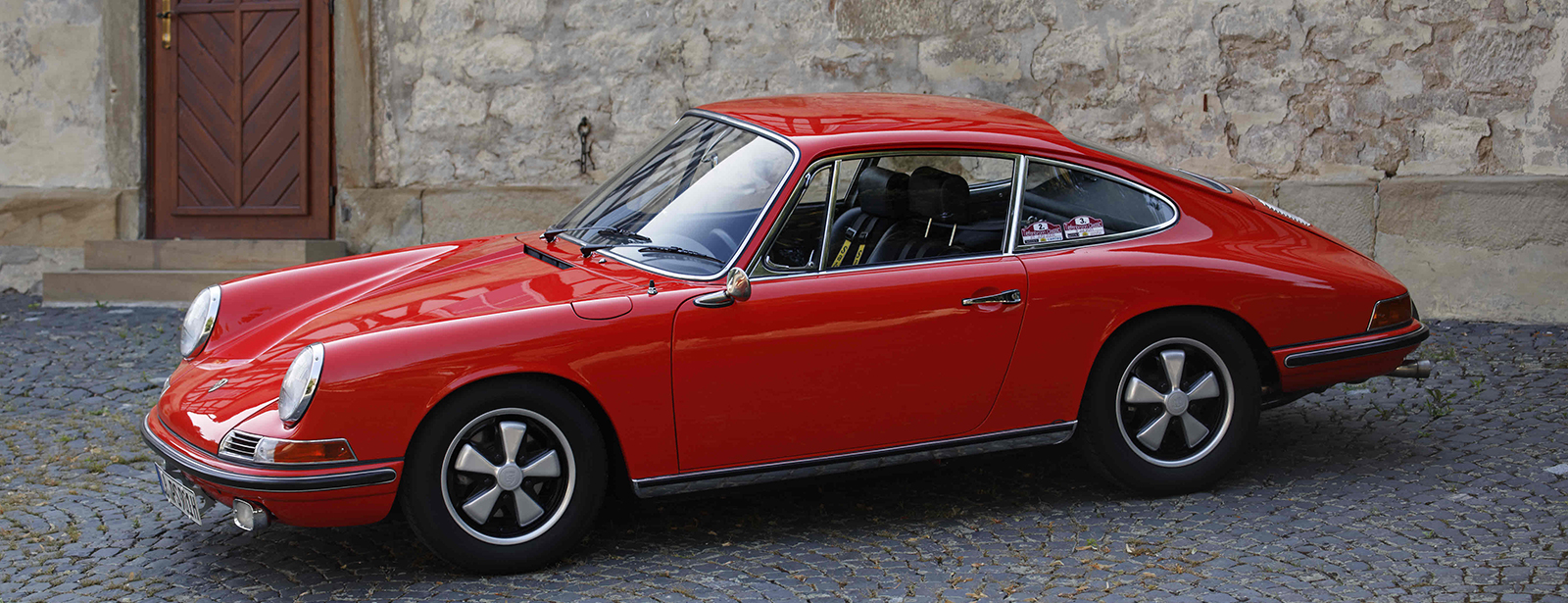In 2016, I bought my first Collector Car. My decision process was long, drawn out, over thought and yet somehow still not run by my wife for her approval. Don't recommend this approach.
Some advice for new collectors looking back:
Make sure you can really afford it.
You generally are going to want to pay cash - if you are financing it you may want to think twice
You will find something wrong with it almost guaranteed so put some money aside
Don't forget you need to insure, store, and service it
Don't try and justify it as a shrewd financial investment - knowing history, the moment you need to sell it so will coincide with a moment when nobody can buy it
Pick a brand you love and a model that fits your intent
Research the community - they can help you find good mechanics, post DIY guides and invite you to events
Assess parts support - if it's your first hobby car, i recommend going with a brand that had lots of parts support from the manufacturer like Porsche, BMW. This will allow you to focus on the fun rather than panicking when your ECU bombs out and you now have 3000 lbs of scrap to deal with
Locate a reliable, affordable, reputable mechanic (again, get reccos from the communities)
Don't be impulsive and avoid auctions initially - auctions are expensive and you don't get to check out the car in person. In person is critical to assess the seller, the car's condition (how it looks, sounds, drives), and take a peek into all the nooks and crannies. Always pay for a PPI for any car. You will kick yourself for now doing so. If you can't afford to pay for a PPI don't buy old cars. Finally, inspecting and driving the car in person will allow you to make sure you aren't just following the latest hyped ride only to be disappointed when its yours.


